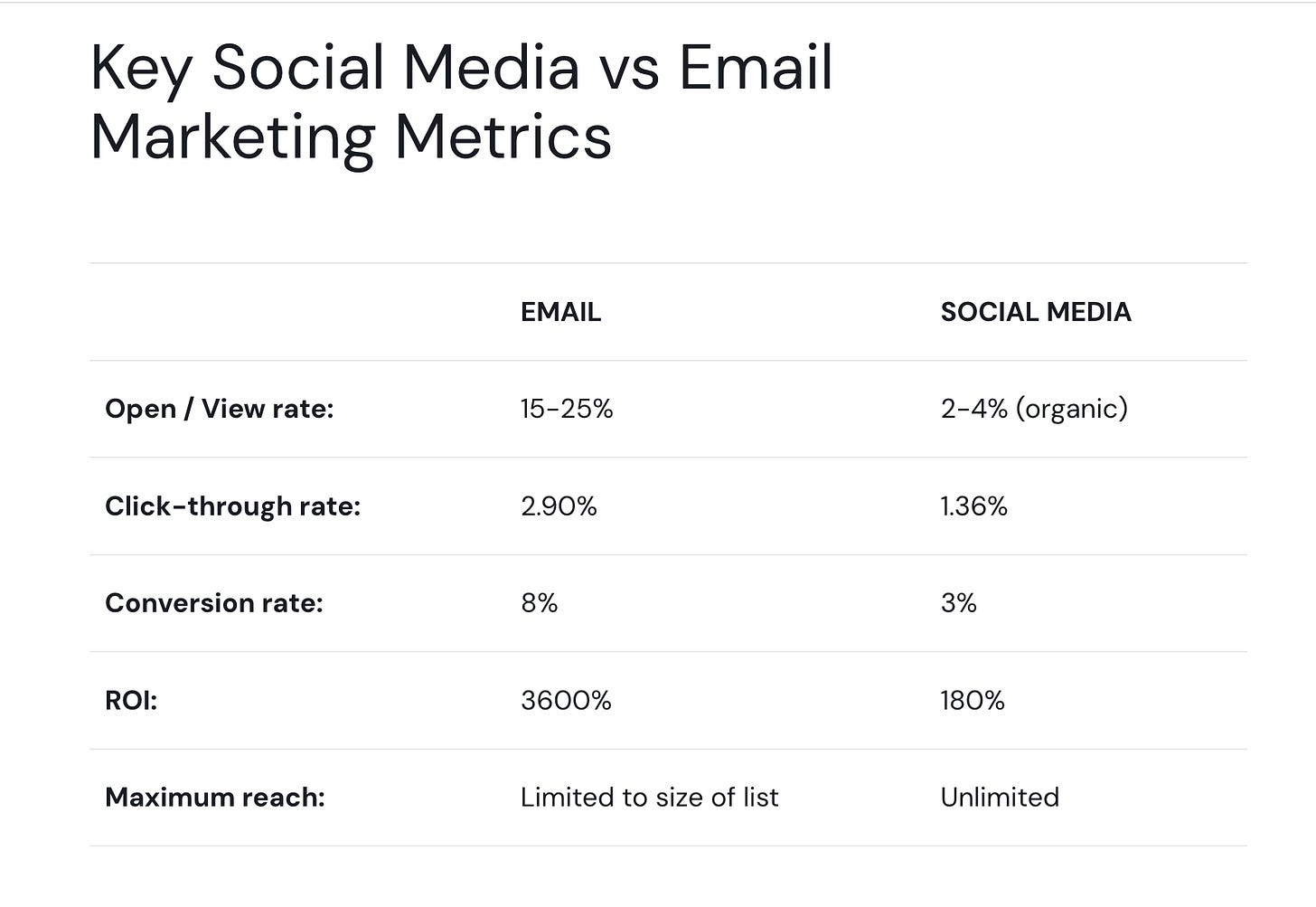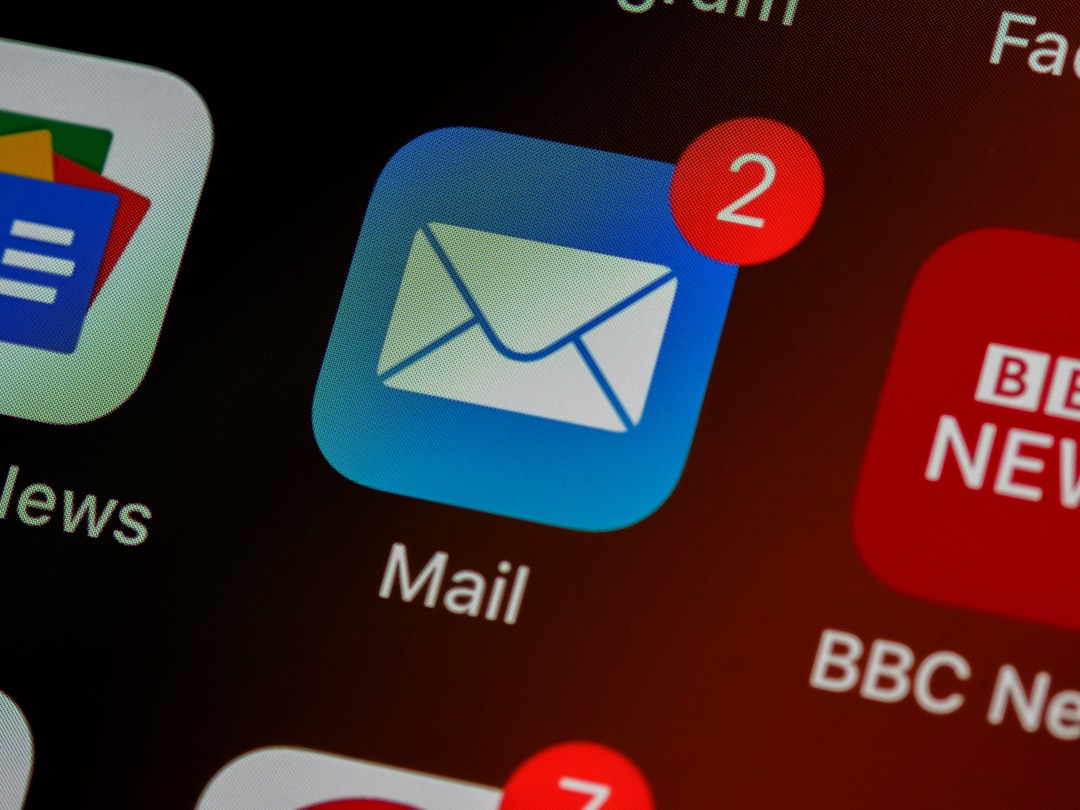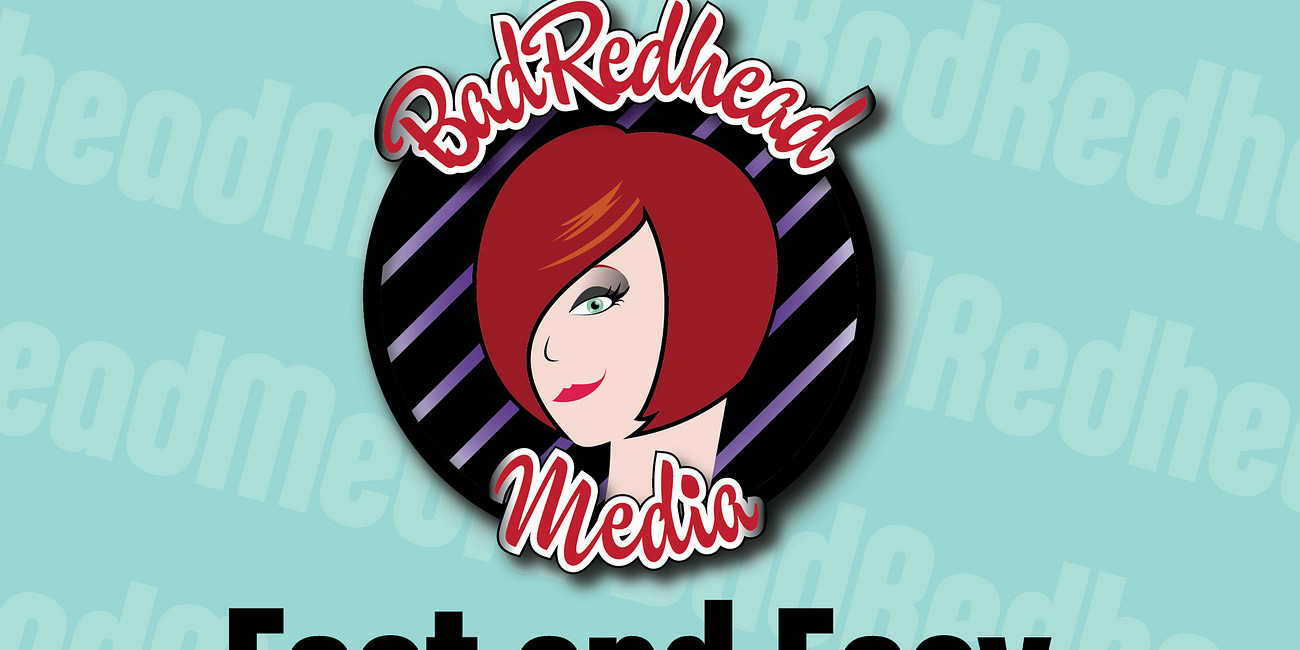Discover How Regular Newsletter Updates Can Boost Your Audience Engagement
And grow your readership! Let's discuss...

One of the biggest challenges authors (at any stage) face is the why and how of a newsletter. Why is this such a big thing? Can’t I just email everyone I know? Do I have to blog and write a newsletter? Will anyone care what I have to say?
And probably the biggest question: if I don’t have subscribers, why have a newsletter?
Yes, it feels weird. Firstly, think of your newsletter as something you will build. If you build it, they will come, right? Like anything, though, you get better by doing it (or hiring someone to do it for you or teaching you to do it). I’ve set up many a newsletter and blog in my time (and optimization of both), so I understand and see the benefits of each.
Let me quickly answer each question above:
Read more to find out. No, due to CAN-SPAM and GDPR compliance; no, because you’re violating your email company’s spam rules. No, you don’t have to do both, but it’s certainly helpful in raising your visibility and digital footprint. And yes, surprisingly, people love to learn about writers and creators.
Basic Overall Benefit
A blog is ‘fresh content’ for Google to scrape (if optimized, which most writers don’t do/don’t know how to do). Newsletters are for growing readers with direct communication.
You can read more about blog vs. newsletter here, but today, I’d like to review how to create and grow your newsletter. If it feels like too much work to do both blog and write newsletters, you have a few options.
Does a newsletter convert better than a blog or socials? Will you have a higher viewership? And what about the ROI (return on investment)? See below:
Let’s focus on growing your newsletter right now with content that already exists to create what’s referred to as a Summary Newsletter, where you curate articles, blog posts, photos or visuals, quotes, etc., to keep your readers in the loop.
If you haven’t read my article on Booksweeps, do so now:
The BEST Way To Grow Your Subscriber List
You probably know that growing your email subscriber list can be an extremely effective and efficient way to grow your readership. What is the best way I’ve found to grow email subscriber lists? Booksweeps! * *I am not an affiliate, so there is no financial gain to me if you use their services. I’ve grown my own and my au…
Here’s a step-by-step guide you can follow to create a summary newsletter:
Select Your Articles: Decide which articles you want to include in your summary. This could be your most recent blog posts, your most popular ones, evergreen content, or those that are particularly relevant to a theme or event.
These don’t have to be entirely your own articles—you can share whatever you want. One writer friend shares three things—what she read, what she watched, and what she’s working on. It can be that easy.Create Summaries: Write a short summary for each article. Each summary should capture the main idea and appeal of the article in a few sentences.
This will give your readers a taste of what to expect and entice them to read the full articles.
If this feels overwhelming, give one of the AI writing tools a try. They can be very helpful in giving you a foundation to work on.Organize Your Content: Arrange the summaries in an order that makes sense to you and your readers, whether that’s by topic or date. To keep the content timely, you might want to lead with the most popular or latest articles.
The same goes for books or shows—what’s popular now that you enjoy? It doesn’t have to be the Netflix Top 10—share what you enjoy. Maybe it’s fungi, cookies, or sharks. The point is that it doesn’t have to be exclusively about your book or book topic.
Want to learn more about topics and keywords? ➡️What's Author Branding, Anyway?
·If you’re like most writers (including yours truly, back before I published my first book ten years ago), branding sounds scary and kind of, well, nebulous. Are you an aspiring author looking to make a name for yourself in the literary world? Let’s discuss
Add Links: Make sure to include a direct link to each full article. This is crucial as it allows readers to easily access the full content if they’re interested in a particular summary. Also, test the links to make sure they work.
I use Hootsuite and Buffer for scheduling. Both offer free web extensions that shorten the link and provide the headline, which makes it very easy to share your favorite content with shortened links.Introduction and Conclusion: Write a brief introduction to your newsletter, explaining what readers will find in this issue. Similarly, end with a conclusion that might include a call to action, like encouraging subscribers to share the newsletter or hinting at what’s coming next.
Basically, have a beginning, middle, and end. And don’t forget the call to action - what do you want people to DO?Design Your Newsletter: Use the design tools available on Substack to make your newsletter visually appealing. If possible, include images and use formatting tools to make the text easy to read, all easily included in your dashboard.
Lots of style options, so try to stay consistent with your branding visuals here as well.Preview and Test: Before sending out your newsletter, make sure to preview it to see how it will appear to your readers. It’s also a good idea to send a test email to yourself to check everything looks right.
And here’s the secret sauce: read it aloud, read it to your pet, or just read it before hitting send. But, if you do make a mistake, it’s very easy to edit your sent newsletter.Schedule or Send: Once you’re satisfied with how your newsletter looks and reads, schedule it for the best time to reach your audience or send it immediately.
I get much better open rates and views when I manually publish rather than scheduling a time. This isn’t surprising, as the algorithm picks up on manual effort - the same goes for socials.
Writing newsletters and blog posts both serve important roles in communication and content strategy, but they offer different benefits depending on your goals. Here’s a breakdown of the unique advantages of each:
Newsletters
Direct Engagement: Newsletters go directly into your subscribers' inboxes, which can make them feel more personal and direct. This direct line of communication is less reliant on your audience remembering to visit your blog or website.
Control Over Audience: With newsletters, you control who receives your content. Since subscribers have opted in, you know they are interested in what you have to say, which can lead to higher engagement rates.
Better for Time-Sensitive Content: Newsletters are excellent for delivering time-sensitive information, such as announcements, reminders, or limited-time offers, directly to people who are most likely to be interested.
Segmentation and Personalization: You can segment your email lists based on various criteria, such as engagement level, interests, or demographic data, allowing you to tailor your content more specifically to different segments of your audience.
Performance Tracking: Email platforms provide robust analytics to track open rates, click-through rates, and conversions. This data is invaluable for understanding what content works best and optimizing future communications (and advertising).

Blog Posts
SEO Benefits: Regularly updated blogs are favored by search engines and can help improve your website’s visibility and organic search rankings. This can attract new visitors who are searching for topics related to your content.
Long-Term Visibility: Unlike newsletters, blog posts remain accessible on the web indefinitely. This means they can continue to attract new readers over time, long after they're published.
Establish Authority: Well-crafted blog posts can help establish you as an authority in your field. Detailed, informative posts contribute to your credibility and can make you a go-to resource in your industry.
Encourage Engagement: Blogs often allow for comments and sharing, which can help foster a community and encourage discussions around your content. This interaction can also provide valuable feedback and ideas for future content.
Monetization Opportunities: Blogs can be monetized in various ways, such as through advertisements, sponsored posts, or affiliate marketing. This can provide a stream of income beyond what newsletters might offer.
Combining Both
Many successful content strategies use both newsletters and blogs to maximize their reach and impact. For instance, you can use newsletters to drive traffic to your latest blog posts or to share personal notes or exclusive content that isn’t available on your blog.
This dual approach can help you build a more robust connection with your audience, leveraging the strengths of each medium.
Here are some reputable sources that discuss the benefits of newsletters and blog posts, which can serve as a foundation for deeper insights into the respective advantages of each medium:
HubSpot: This platform offers numerous resources on email marketing and content strategy, including detailed guides on creating effective newsletters and blog posts that engage audiences and drive conversions.
Content Marketing Institute: Known for its comprehensive research and articles on all aspects of content marketing, this resource provides insights into how newsletters can enhance direct engagement and how blogs contribute to SEO.
Moz Blog: As a leader in SEO, Moz offers in-depth articles on how blogs improve search engine rankings and attract organic traffic, making it a valuable resource for understanding the SEO benefits of blogging.
Coming Up:
My next monthly #BookMarketingChat Space on X (formerly Twitter) is on Wednesday, June 5, at 2 pm PST/5 pm ET. My very special guest is my good friend and talented author, Dr. Donna Jennings. Her new book is currently on preorder:
Join us to help launch her new book and just by attending the live, we’ll enter your name to win a free signed copy!
Click here now to set a reminder: https://twitter.com/i/spaces/1OdKrjvZdEQKX
Sponsor
💜 Thank you, Booklinker, my exclusive advertising sponsor for 2024! Free universal book links for all authors. It's super easy to use. And they have a fantastic blog here.💜
See you next week, and happy writing!
Are You With Me?
Currently, I have about 3K free subscribers. If just 5% of you contributed the cost of a large coffee to become a supporting subscriber, I could reach an even larger audience with the hope and inspiration needed to help writers tell our stories.
If you cannot become a paid subscriber, that’s okay! I appreciate you reading this. 🌻
Let’s do this together!







I appreciate all this wisdom and knowledge you've shared, and I'm SO glad you came over to Substack!